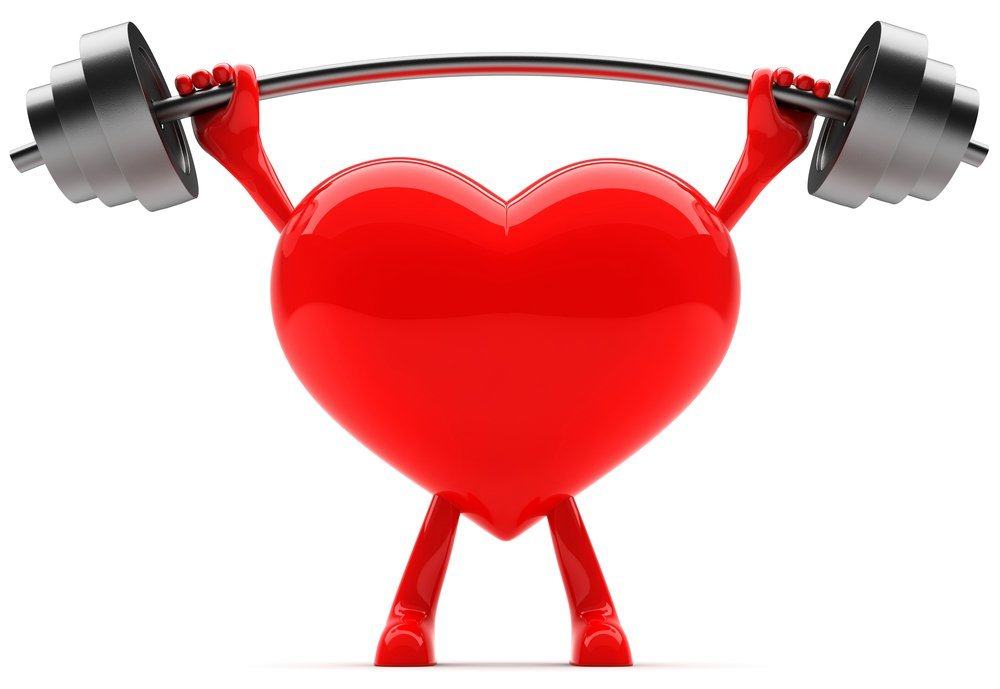Contents:
- Medical Video: Exercise For Heart Patients
- Which must be considered in sports for heart disease
- Heart disease that should avoid exercise
- 1. Ischemic heart disease
- 2. Congestive heart failure
- 3. Patient with a pacemaker
- 4. Heart valve disease
- What to do before exercising
Medical Video: Exercise For Heart Patients
Exercise for heart disease is recommended should be in accordance with physical conditions, aerobic or anaerobic fitness, and the condition of the patient's muscles. Exercises must also be adjusted to each individual in terms of intensity, duration, and volume related to physical activity and training objectives. This activity must be associated with other lifestyle modifications to minimize the risk of heart disease conditions.
Which must be considered in sports for heart disease
The following are safe exercise tips when heart disease patients carry out activities, namely:
- Obey three rules in each physical activity, namely heating, training, and cooling. A good heating and cooling phase (for about 5 minutes) can have a protective effect on the heart.
- Perform mild aerobic activity to minimize the risk of musculoskeletal injuries.
- Trying to increase physical activity in daily routines, for example by parking further from the entrance, walking through stairs, and walking during lunch breaks.
- Stop exercise immediately if warning signs or symptoms appear. These include dizziness, arrhythmia, shortness of breath, and angina (chest discomfort).
- Don't do any exercise in cases of asthenia, fever, or unusual viral syndromes.
- Conduct medical supervision and monitoring for patients who have a risk of moderate and high heart disease. Supervision must include physical examination, monitoring of heart rate, blood pressure and rhythm before, during, and after exercising.
- Ensure adequate hydration before, during, and after physical activity. Then adjust the intensity of physical activity against environmental conditions, temperature, humidity, and altitude.
- Avoid smoking at any time.
- Avoid hot baths, which can lead to increased heart rate and arrhythmias, for 15 minutes after physical activity.
Heart disease that should avoid exercise
Although heart disease patients can do sports that are appropriate to their abilities, there are several types of heart disease that do not allow patients to take part in all or all physical activities, such as:
1. Ischemic heart disease
Patients with unstable angina are not eligible for exercise or regular physical activity. Patients with stable angina, silent ischemia, or post-PCI / CABG, as well as patients at high risk of coronary events due to exercise are also not eligible for strenuous exercise. Relaxing exercise is also limited to post-MI patients with a high risk of heart disease, while physical activity at leisure is highly recommended.
2. Congestive heart failure
- Exercise in patients with congestive heart failure should be limited, including those with new atrial fibrillation, obstructive valve disease, aortic stenosis, or active myocarditis (either viral or autoimmune).
- Patients with congestive heart failure with diastolic and systolic dysfunction must refrain from swimming.
3. Patient with a pacemaker
- Patients with heart disease and those who use a pacemaker can only participate in sports that are in accordance with the limitations of each heart disease.
- Patients with pacemakers should also be restricted from sports that use body contact, such as rugby, martial arts, etc. because of the possibility of damaging the electrode or the pacemaker unit and also triggering hollow skin. Sports with arm movements such as volleyball, basketball, tennis and rock climbing can also increase the risk of electrode damage due to the destruction of the subclavian arteries in the chest.
4. Heart valve disease
Exercise is contraindicated in patients with syncope, sudden cardiac arrest, complex supraventricular (rapid heartbeat), and long QT syndrome (the heart's electrical system becomes abnormal).
What to do before exercising
Check with your doctor about:
- What is safe is done. Your doctor can tell you what activities you can do, and what you don't.
- Exercises involving muscle tension. Push-ups and sit-ups are a popular exercise, but you may have to avoid these exercises because they trigger tension in the muscles.
- Weightlifting. Previously, pensure that lifting and pushing heavy objects and household tasks, such as sweeping, shoveling, cutting and rubbing, is not prohibited for you.
READ ALSO:
- Symptoms of a Heart Attack Based on Age and Gender
- 7 Sports to Increase Height
- 10 Sports Movements To Reach Flexibility












